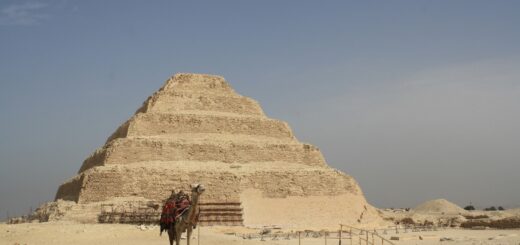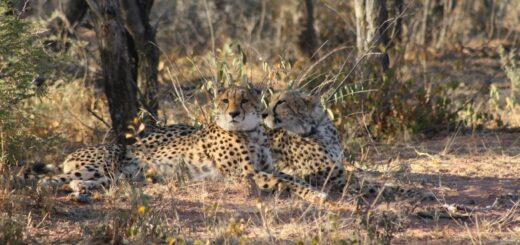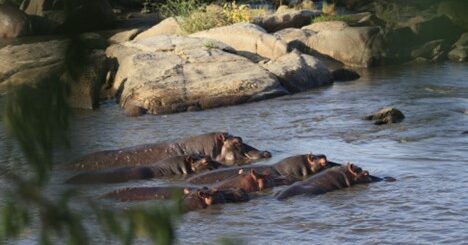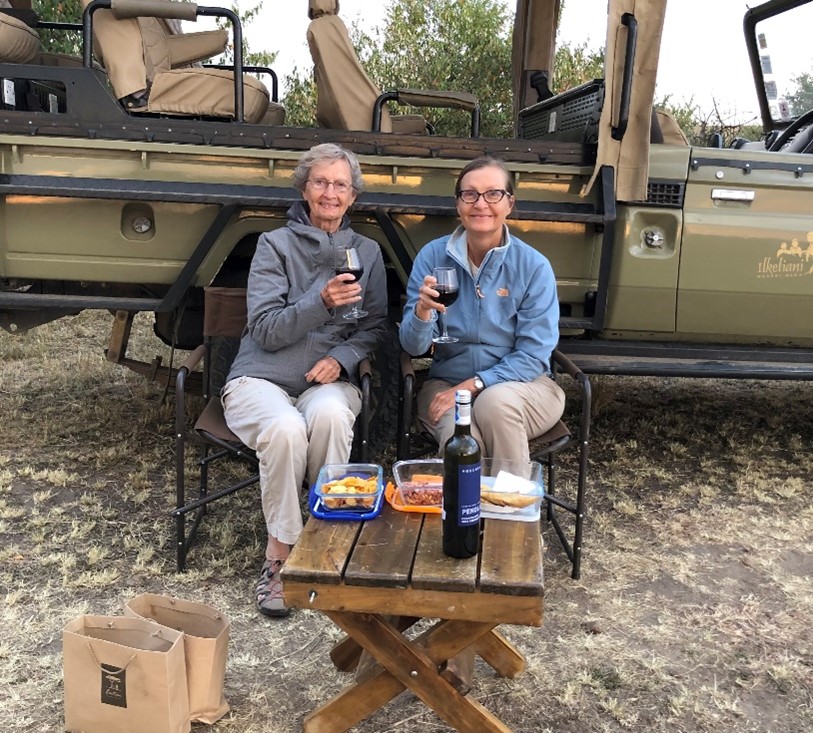Tetuan
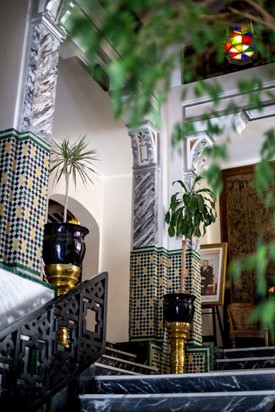
We crossed over from Costa del Sol in Spain for a day trip over the Strait of Gibraltar to Ceuta and then on to Tetuan. Having never been to Morocco, we couldn’t pass up the opportunity!
Morocco is a country in North African, separated from Spain by a narrow strait. It has Berber, Arabian and European influences that are reflected in its culture and architecture. Morocco is known for many things including desert activities and for its marketplaces or medinas.
Crossing Gibraltar, the first stop and point of entry was Ceuta. Since we were only going for a day trip, we ended up leaving our passports at the passport control office to save time and get us on our way. I was not comfortable with this and rarely let our passports out of our sight unless locked in a safe, but due to time strictures, it was either that or no visit.
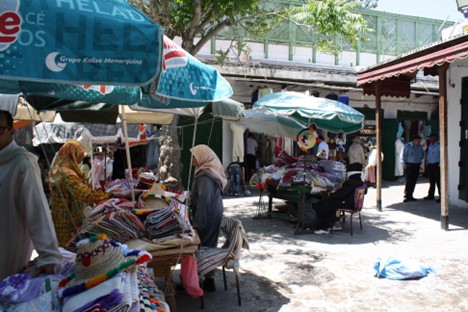
Ceuta, though located on the African continent, is an autonomous city of Spain and is part of Spain and the European Union. The area is not without controversy as of course Morocco would like the land back in their control. It is predominantly a check point for immigrants from Africa into the EU and vice versa. There are a few churches, historic sights and parks to see in Ceuta, but we were headed to Tetouan to check out its UNESCO heritage site medina!
Tetouan lies along the Martil Valley and is one of the two major ports of Morocco on the Mediterranean. Its fascinating blend of history and cultures set it apart and it’s well -preserved medina is one of the main attractions.
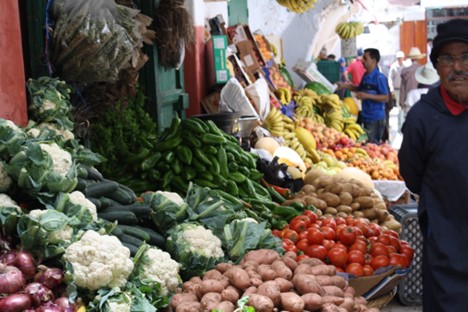
A word about souks and medinas…. a souk is basically a square with a market. A medina can be full of souks, many specializing in one type of goods. It is important when visiting either of these types of markets that you keep your wallet in your front pocket and your hand on your handbag. Also, it may be best to go for the first time with a guide or at least someone who knows where they are going. Medinas are full of little winding pathways, and it is very easy to get lost, though that can be fun too!
Also, before you go, find out what currency the traders will accept. Some will take Euros and US dollars, many will not. It is best to go in the morning, if possible, when it is less crowded, though we were there on a Thursday, and it did not seem to be terribly crowded. Also, be prepared to bargain. Start at half the asking price and do not be afraid to walk away. Not to worry if you really want the item, they will likely call for you to come back. It’s all part of the bargaining process.
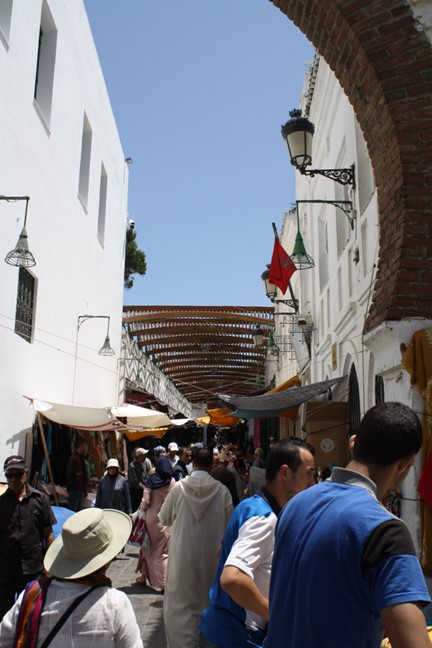
The Tetouan medina is a UNESCO heritage site because of its beautifully preserved architecture. This was our favorite stop on the tour. The guide made several shop stops to purchase bread, cheeses and many other small items for us to try. We didn’t really get to go shopping as we were on a tight timeline, but it was enough time to feel that we had the medina experience. He also made sure he didn’t lose anyone (!), and we had time for a lovely Moroccan luncheon and even a short camel ride at the end of the tour!The medina can be accessible, but the walkways are uneven and assistance may needed.
In the medina area, also noteworthy, was is the Royal Palace of Tétouan, home of Moroccan Monarchy and the former main seat of political authority of the Spanish protectorate in Morocco from 1913 to 1956. The palace is located on Hassan II Square, a historic urban space also traditionally known as the Feddan. Not generally accessible.
We enjoyed our too brief trip to Morocco. It was just enough to whet our appetite for a return trip! Only next time maybe with a camel trek into the desert and an overnight stay!
Where we stayed: Day trip only from Gibraltar, Spain.
How we got there: Ferry from Costa del Sol.This was part of a fifteen-day small group tour through Spain.
General Accessibility Information: Morocco is not known for accessibility, but with the knowledge and equipment available to rent from Morocco Accessible Travel, you can get around most obstacles. Call in advance to verify and make specialty arrangements.See our sections on specialty apps and accessible travel for more on accessibility assistance.

